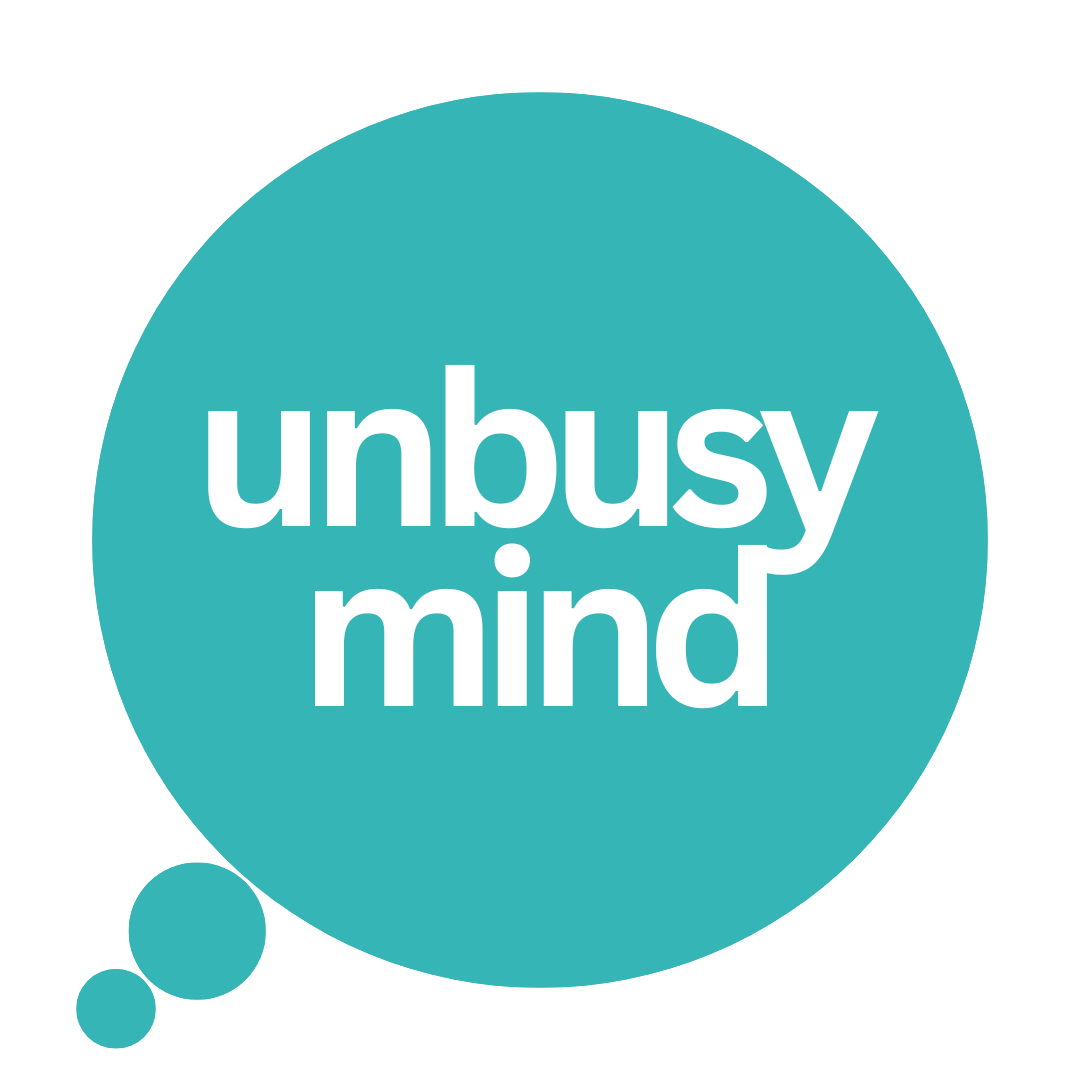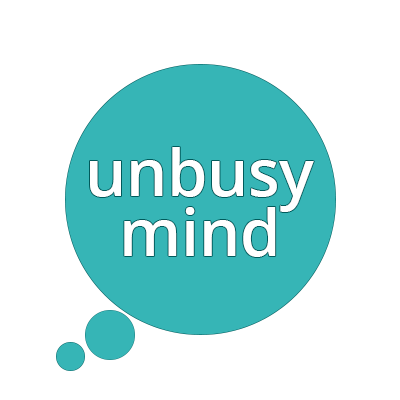
22 Oct How Mindfulness and Meditation Calm Anxiety and Stress
Anxiety can feel like a constant background hum that never goes away, leaving us tense, stressed, and on edge. But mindfulness and meditation provide us with tools to soften those feelings, creating a calm space even in the middle of a storm. The great thing is, anyone can practice mindfulness—it’s about being present in the moment, aware of our surroundings, and learning not to let stress and anxiety control our lives. Let’s explore how these practices can make a big difference.
What Is Mindfulness and How Does It Help?
The Power of Being Present
Mindfulness is simply the act of paying attention to the present moment without judgment. It helps us be more aware of what’s happening around and within us, without getting swept up by it. Jon Kabat-Zinn, a leader in this field, describes mindfulness as “awareness that arises through paying attention, on purpose, in the present moment, non-judgmentally.” Sounds simple, right?
But think about how often our minds wander—worrying about the future, rehashing the past. Mindfulness helps bring us back to the now, which is the only moment we can truly control. By being aware of what’s going on, we gain access to a deeper understanding of ourselves. We may not be able to change what’s happening, but we can change how we react to it.
Mindfulness and Anxiety: A Perfect Match?
Anxiety often stems from stress, a natural response that can become a constant companion if left unchecked. Mindfulness helps create space between us and that stress. By acknowledging anxious thoughts and feelings without feeding into them, we can begin to soften their intensity.
Mindfulness-Based Stress Reduction (MBSR), created by Kabat-Zinn, is a program that uses meditation and movement practices to help people deal with the stresses of everyday life. Studies have shown that MBSR can reduce symptoms of anxiety and panic, even for people with disorders like generalized anxiety or panic disorder. The key? Mindful awareness and acceptance.
The Science Behind Mindfulness and Anxiety
Can Mindfulness Meditation Really Help?
Many studies suggest that mindfulness meditation is an effective way to manage anxiety. For instance, a 2014 meta-analysis found that meditation programs led to moderate reductions in anxiety and depression. But mindfulness isn’t a magic pill—it’s a skill that takes time and practice.
How Does It Work?
When we practice mindfulness, we learn to sit with discomfort rather than trying to escape it. Instead of analyzing or suppressing anxious feelings, we acknowledge them. As we do this, those feelings often lose their grip on us. This practice allows us to explore the underlying causes of our stress and worry, creating a space where we can respond thoughtfully instead of reacting impulsively.
The Three-Step Process to Calm Anxiety
Feeling overwhelmed by anxiety? Here’s a simple three-step mindfulness process to help calm those anxious feelings:
1. Open Your Attention
Start by paying attention to the present moment. Don’t try to analyze or judge what’s happening—just become a container for your thoughts, feelings, and sensations.
2. Focus on Your Breath
Shift your attention to your breathing. Whether it’s the rise and fall of your belly or the cool air entering your nostrils, focus on one spot and stick with it.
3. Bring Awareness to Your Body
Expand your focus to your entire body. Become aware of how it feels—any tension, any comfort. Simply sit with that awareness.
Practicing this process regularly can help us face anxiety without letting it overwhelm us.
Exploring Mindfulness-Based Stress Reduction (MBSR)
What Is MBSR?
Mindfulness-Based Stress Reduction (MBSR) is an 8-week program that combines meditation, movement, and mindfulness practices. It was originally developed to help people manage chronic pain, but it has since become a go-to treatment for anxiety, stress, and even depression. Through MBSR, we can learn to respond more mindfully to stress and suffering, rather than reacting to it with fear or avoidance.
Why Is MBSR Effective?
MBSR teaches us to turn toward pain, stress, or anxiety with kindness and curiosity. This shift allows us to change our relationship to suffering. Instead of feeling overwhelmed, we can learn to sit with discomfort without letting it control us.
Mindfulness-Based Cognitive Therapy (MBCT) and Anxiety
How MBCT Differs from MBSR
While MBSR focuses on stress and anxiety, Mindfulness-Based Cognitive Therapy (MBCT) is designed to prevent depressive relapse. Like MBSR, MBCT is an 8-week program that teaches mindfulness practices, but it also includes cognitive behavioral strategies to help participants recognize and shift negative thought patterns.
The Impact of MBCT on Anxiety
MBCT encourages people to become more aware of the thought processes that contribute to anxiety. Often, our anxious thoughts are automatic, ingrained, and unhelpful. By becoming aware of these patterns, we can start to loosen their hold on us.
Guided Meditation: A Simple Way to Start
How Guided Meditation Can Help
If you’re new to mindfulness, guided meditation is a great place to start. In these sessions, a teacher leads you through the process, helping you focus on your breath, your body, or even a specific feeling. Guided meditation is especially helpful for those struggling with anxious thoughts, as it gives structure to the practice.
A Quick Meditation for Anxiety
Here’s a simple, 10-minute guided meditation you can try right now:
- Find a quiet space where you won’t be interrupted.
- Sit comfortably with your back straight but relaxed.
- Close your eyes and focus on your breath. Notice the sensation of the air as it enters and leaves your body.
- If your mind wanders, gently bring it back to your breath.
- After a few minutes, expand your awareness to your body. Notice any tension or discomfort without trying to change it.
This short practice can help you feel calmer and more grounded, even in stressful moments.
The Long-Term Benefits of Mindfulness
Mindfulness Isn’t a Quick Fix
Let’s be honest—mindfulness isn’t going to eliminate anxiety overnight. It’s a long-term practice that builds resilience over time. The more we practice, the better we get at responding to stress and anxiety mindfully, rather than reacting to it out of fear or habit.
What Science Says
A study conducted at the University of Waterloo found that just 10 minutes of mindfulness practice helped participants focus better and reduce their ruminative thoughts. This suggests that mindfulness can be particularly helpful for people with anxiety, as it helps shift attention away from anxious thoughts and back to the present moment.
MBSR vs. MBCT: Which One Is Right for You?
Choosing the Right Program
Both MBSR and MBCT are effective for managing anxiety, but they have different focuses. MBSR is great for general stress management, while MBCT is designed to prevent depressive relapse. If you’re primarily dealing with anxiety, either program can be helpful—but MBCT might be especially useful if your anxiety is tied to depressive symptoms.
How to Incorporate Mindfulness into Your Daily Life
1. Start Small
You don’t need to meditate for hours each day to benefit from mindfulness. Start with just five minutes a day and gradually increase the time as you become more comfortable with the practice.
2. Use Mindfulness in Everyday Activities
Mindfulness isn’t just something we practice while sitting quietly. We can bring mindfulness into everyday activities like eating, walking, or even brushing our teeth. The key is to pay attention to what you’re doing, without letting your mind wander.
3. Practice Self-Compassion
Mindfulness isn’t just about being present—it’s about being kind to ourselves. When we practice mindfulness, we learn to accept our thoughts and feelings without judgment. This self-compassion can go a long way in reducing anxiety.
Mindfulness and meditation are powerful tools for managing anxiety and stress. By practicing mindfulness, we can learn to be more present in our lives, creating space for calm even in the midst of chaos. Whether through MBSR, MBCT, or simple daily mindfulness practices, we can start to change our relationship with anxiety, responding to it with awareness and kindness rather than fear.

